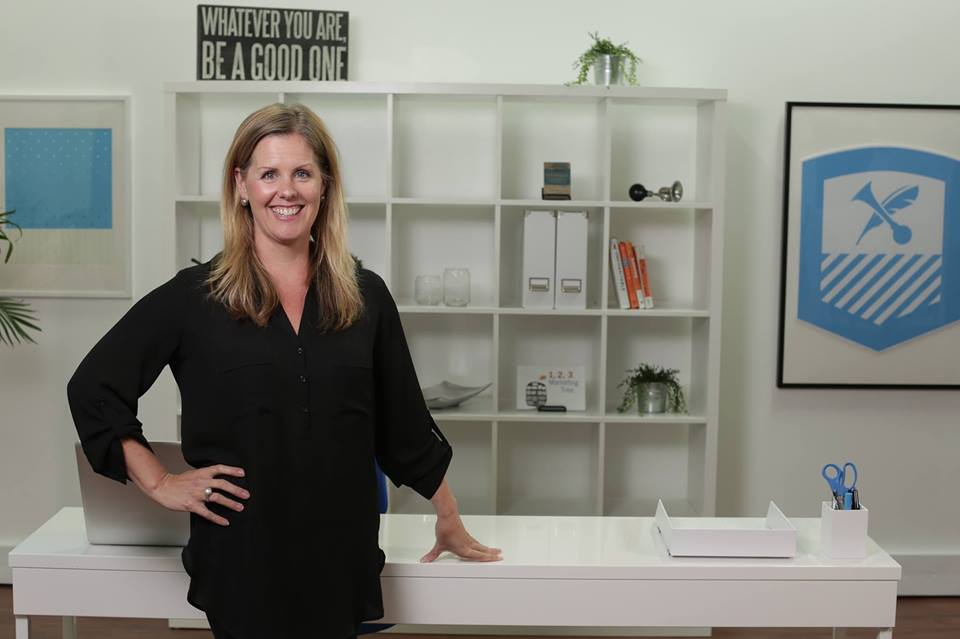 The Punch Line
The Punch Line
The price for Claxon University’s on-line training–Words on a Mission–is now $425 if you pay up-front, or $40/month for 12 months.
The Rationale
We created Words on a Mission because we wanted as many non-profits, do-gooders, and mission-motivated trailblazers as possible to be able to learn how to create remarkable messaging.
We did it so communications conundrums could become a thing of the past.
We did it because we know that effective communications leads to engagement.
To more funds, and awareness, and good in the world.
That’s why we did it.
Claxon U “students” have knocked it out of the park when it comes to getting results. Totally awe-inspiring what they’ve accomplished.
We want those results for absolutely everyone. We want them for you.
But recently we had one of those moments. A moment when you realize if you’re going to achieve your vision, you need to course correct to get there.
At $949, Words on a Mission seemed fairly reasonably priced. It’s about $25,000 worth of consulting all wrapped up in a self-paced on-line training that anyone can do. Nifty.
But recently we did a webinar with Vu Le and the topic of professional development came up. We asked participants how much budget they had for professional development. We knew it wasn’t going to be much and–wowee– it is not a lot.
$949 isn’t doable, even for mid-size organizations. So we decided to do something about that.
We sat ourselves down and said, “If the goal is to get this into the hands of as many people as possible, how low can we go and not lose money?”
$425. That’s how low we can go.
So that’s the new price. $425 up front, or $40 per month for 12 months.
We had to trim down a few things to make this price doable. For instance, we’re no longer going to do on-line office hours. But you’ll still be able to ask questions via the private Facebook group, so you won’t ever be stuck and not have the support you need. We got your back.
If you’ve been on the fence about doing this training, hop off the fence and into the land of communications awesomeness! You know you’ve got it in you. We believe in you.





 Claxon University is hosting our first-ever FREE webinar on August 24 at 1pm PST. Will you join me? I’d love that.
Claxon University is hosting our first-ever FREE webinar on August 24 at 1pm PST. Will you join me? I’d love that.





